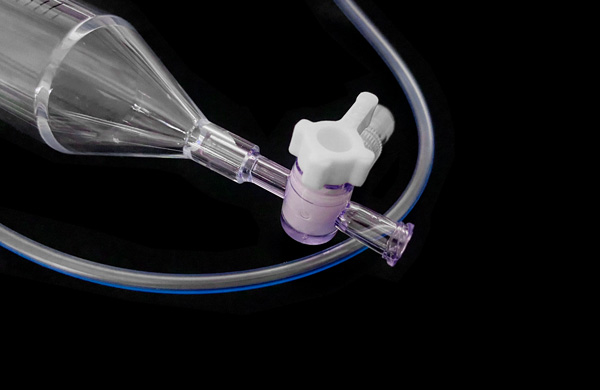In previous articles, we delved into the impact of injection molding machine selection and plastic mold design on material shortage in injection-molded products. Today, we will focus on the injection molding production process and how it influences material shortage issues.

Inaccurate Material Feeding Management
During the injection molding process, inaccuracies in material feeding or malfunctions in the feeding control system, coupled with limitations of the injection molding machine, mold, or operational conditions, can lead to abnormal injection cycles and subsequently cause material shortage. Especially when excessive material accumulates in the barrel, the screw of the injection molding machine needs to consume additional injection pressure to push the remaining material, significantly reducing the amount of plastic entering the mold cavity and making it difficult for the product to be fully filled.
The Delicate Balance of Injection Pressure and Time
Low injection pressure, short injection time, or early retraction of the plunger or screw can weaken the filling capability of the plastic. Particularly at lower operating temperatures, the viscosity of the molten plastic increases, reducing its flowability and exacerbating material shortage issues.
Injection Speed: A Double Consideration of Speed and Quality
For plastics with complex shapes, varying wall thicknesses, or higher viscosity, the choice of injection speed is crucial. When conventional high-pressure injection fails to meet filling requirements, increasing the injection speed often becomes the key to solving the problem. Slower injection speeds may be ineffective in overcoming these challenges, leading to frequent material shortage phenomena.
Temperature Control: The Art of Temperature
Controlling the material temperature during injection molding is equally important. If the temperature at the front end of the barrel is too low, the molten material will have increased viscosity upon entering the mold cavity due to the cooling effect of the mold, hindering the smooth flow of plastic in the runner and affecting mold filling. Conversely, if the temperature at the rear end of the barrel is too low, the flow of high-viscosity plastic becomes even more difficult, obstructing the forward movement of the screw and creating a false impression of sufficient pressure, while in reality, the plastic has not fully filled the mold.